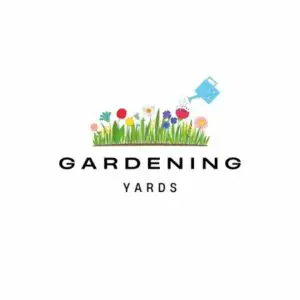Have you ever noticed grubs in your potted plants and wondered how they got there? These little critters can be a gardener’s nightmare, often causing significant damage to our beloved plants. But understanding their life cycle and habits can help us tackle this issue more effectively.
Grubs, essentially larvae of various beetles, thrive in soil, making their way into potted plants through various means. These include contaminated soil, adult beetles laying eggs, and even via garden tools or pots. Their presence can compromise plant health, as they feed on roots, causing stunted growth or even plant death.
In the upcoming sections, we’ll dive deep into understanding grubs, how they infiltrate our potted plants, and how to prevent and treat them effectively.
How Grubs Make Their Way into Potted Plants?
Grubs are the larvae of beetles. When adult beetles are attracted to the soil or plants in your pots, they lay their eggs there. After hatching, these larvae – the grubs – feed on organic matter in the soil, including plant roots.
Various factors can contribute to grubs appearing in your potted plants:
- Contaminated Soil: Often, potting soil can already contain eggs or small grubs. If we don’t sterilize the soil before using it, these eggs can hatch and grubs begin to thrive.
- Adult Beetle Attraction: The scent of the soil or plants can attract adult beetles to lay their eggs in your pots. Once the eggs hatch, the grubs start to grow and feed on your plant roots.
- Transfer Through Garden Tools or Pots: If you’ve previously used your gardening tools or pots with infested plants, there’s a chance you might transfer grubs or eggs to healthy plants.
Impact of Grubs on Potted Plants
Grubs might be tiny, but they can cause significant damage to your plants. Feeding mainly on roots, they deprive plants of essential nutrients.
- Root Damage: As grubs consume the roots, plants struggle to absorb water and nutrients from the soil. This can lead to wilting and yellowing of leaves.
- Stunted Growth: With reduced nutrient uptake, plants might show stunted growth, not achieving their full size or potential.
- Plant Death: In severe infestations, where a large number of grubs consume the majority of the roots, plants can die.
How to Prevent and Treat Grub Infestations
Prevention is always better than cure. By taking certain precautions, we can minimize the risk of grubs in our potted plants:
- Use Sterilized Soil: Always opt for sterilized potting soil or sterilize it yourself by baking or using boiling water.
- Regular Inspection: Regularly check the soil for any signs of grubs or beetles. Early detection can prevent larger infestations.
- Natural Predators: Introducing natural predators like nematodes can help in keeping the grub population under control.
If grubs have already made their home in your pots, consider the following treatments:
- Nematodes: Beneficial nematodes can be introduced into the soil. They feed on grubs, reducing their numbers significantly.
- Insecticidal Soap: Insecticidal soaps can be effective against grubs, especially when detected early.
- Repotting: In extreme cases, consider repotting your plant. Make sure to thoroughly inspect and wash the roots to remove any lingering grubs.
Conclusion – Guarding Our Potted Plants Against Grubs
Understanding how grubs get into our potted plants is essential for effective prevention and treatment. By being vigilant and ensuring we use clean, sterilized soil and pots, we can provide our plants with a safe environment free from these pesky pests. Regular inspections, early detection, and using organic or chemical treatments when necessary can ensure that our plants remain healthy and vibrant.
